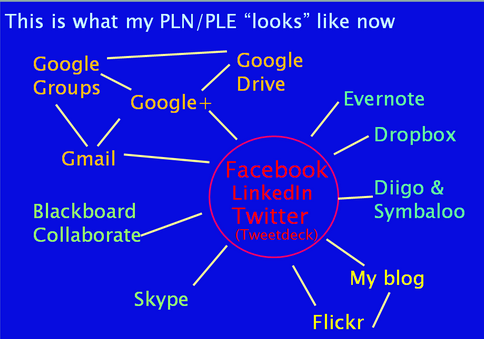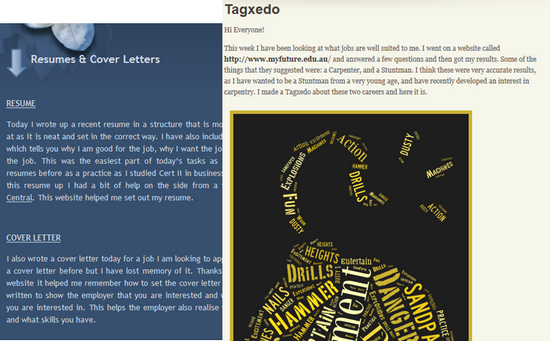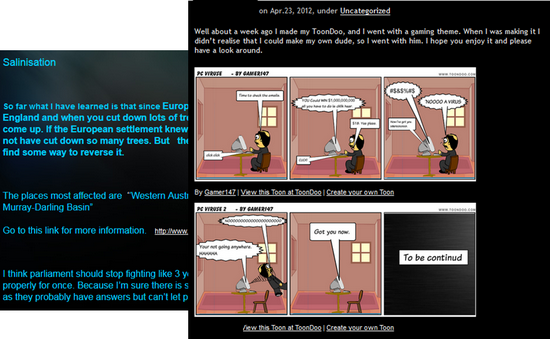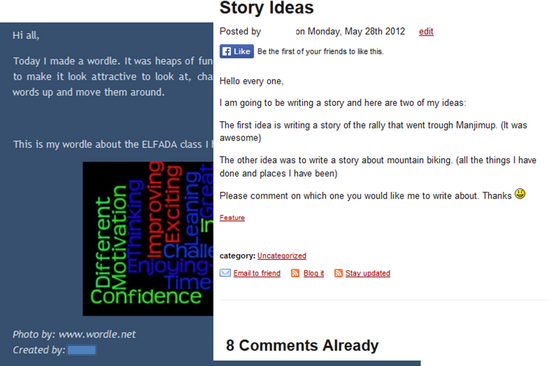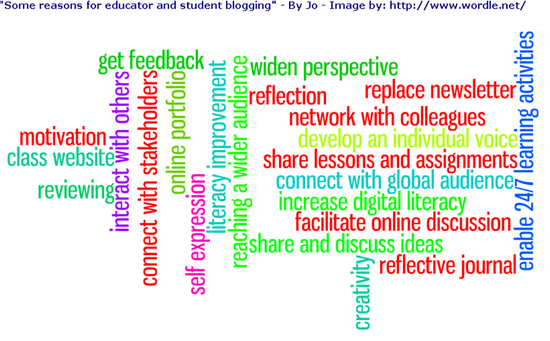Introduction
A post for my colleagues who are beginning to consider social media for professional development.
The associated presentation is available on Slideshare
We all have some sort of Personal/Professional Learning Network (PLN). In the past this was based around people that we met face-to-face or communicated with by phone or letter. However the growth in online communication and social media has given rise to an immense expansion in the potential for learning through networks.
Personal/Professional Learning Networks
I have a large global network of educators across all sectors with whom I “chat” frequently and acquire links to many excellent resources, websites and articles. The main networks that I use are Twitter and Facebook, but I also use our statewide Adult Literacy and Numeracy Network (a Google Group), Google+, LinkedIn, social bookmarking and web conferencing. These “platforms” constitute my own Personal Learning Environment (PLE).
Much has been written about PLNs and how to develop your own PLN, this can only be a guide! Every PLN is different because it reflects the interests and personality of its “owner” and because the balance of platforms forming the PLE will vary.
One of the best ways to get started is through someone who already uses one or more of these platforms, who will act as your mentor. Both Twitter and Facebook are good platforms to start with – Twitter has the advantage of brevity, and Facebook the advantage of familiarity for many people. I usually recommend that people use both – they are both relatively easy to manage and it is also possible using one of the available clients to cross-post (this means post the same post on both platforms at the same time).
LinkedIn is a little different from other platforms in that it has more of a job/workplace focus. Many people who use it do so for the purpose of career development rather than professional learning.
Be careful about where and what personal information you share. Keep your home address, mobile and home phone number, private email, and anything similar out of comments and posts.
If you are new to PLN/PLE you can find getting started information in:
Conclusion
This post and those about Facebook, Twitter and LinkedIn are intended to help you get started. The next step will be actively participating in those networks.
If you have any questions please use the comments on this or one of the other posts to ask them and I will do my best to reply.

